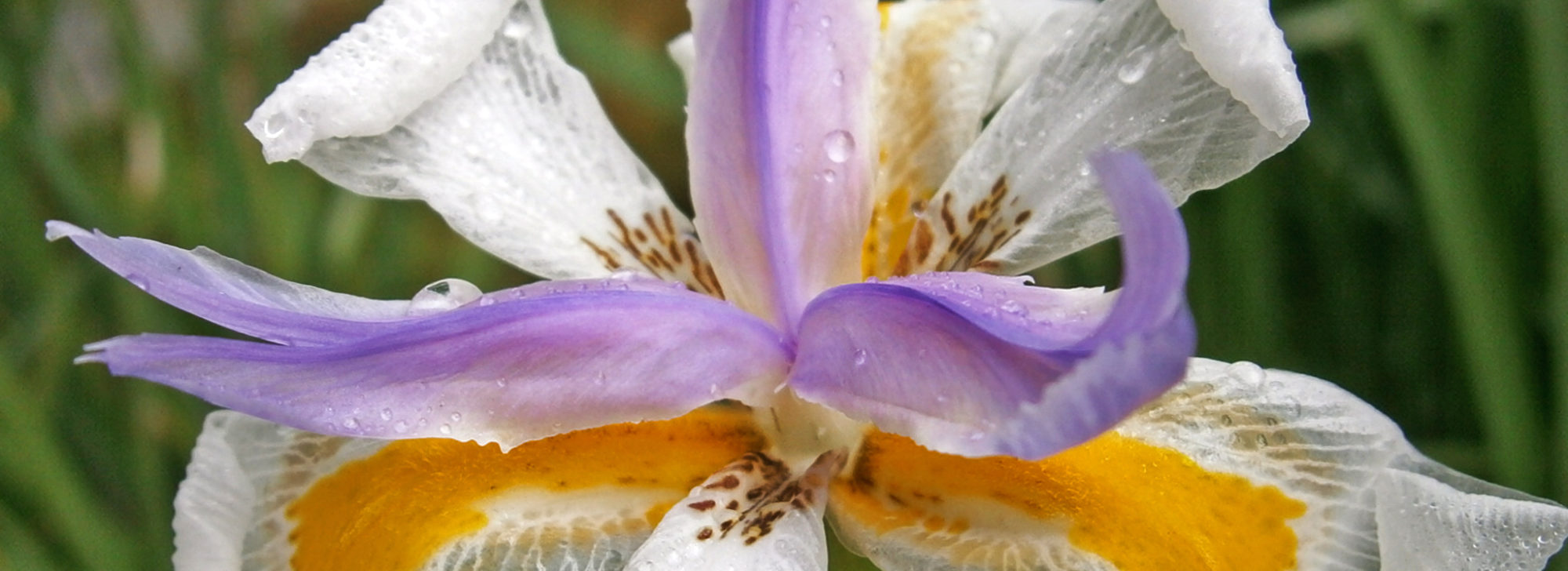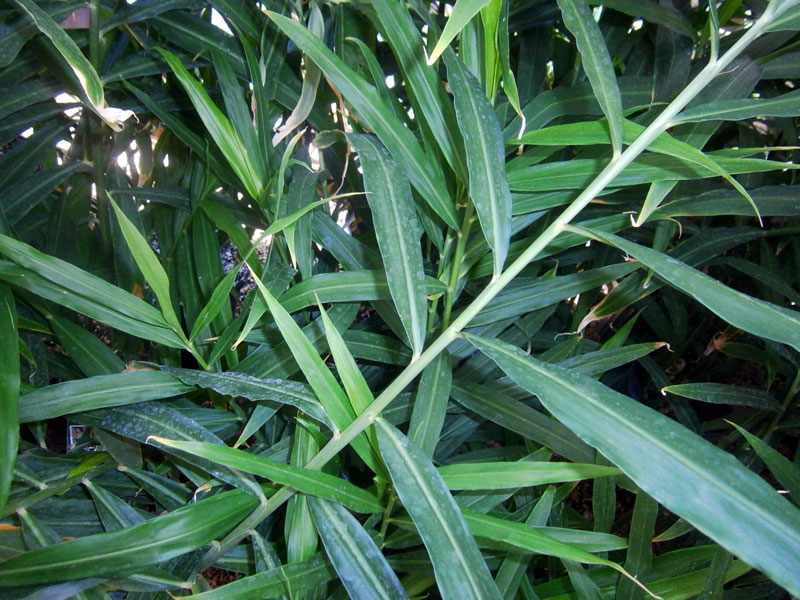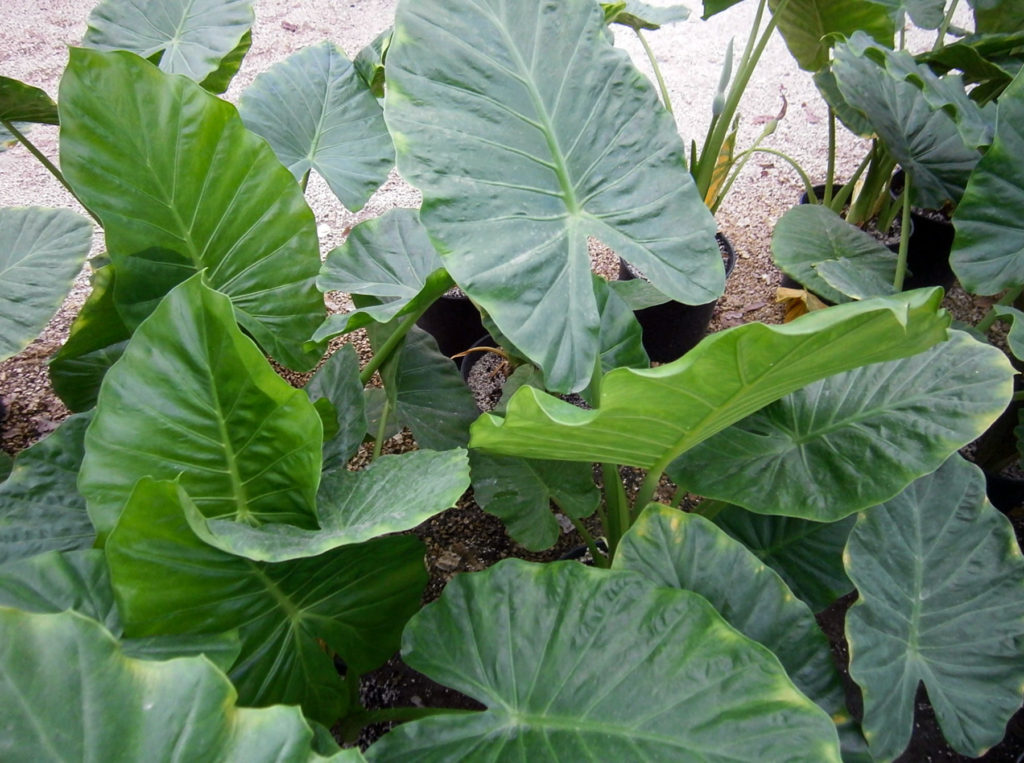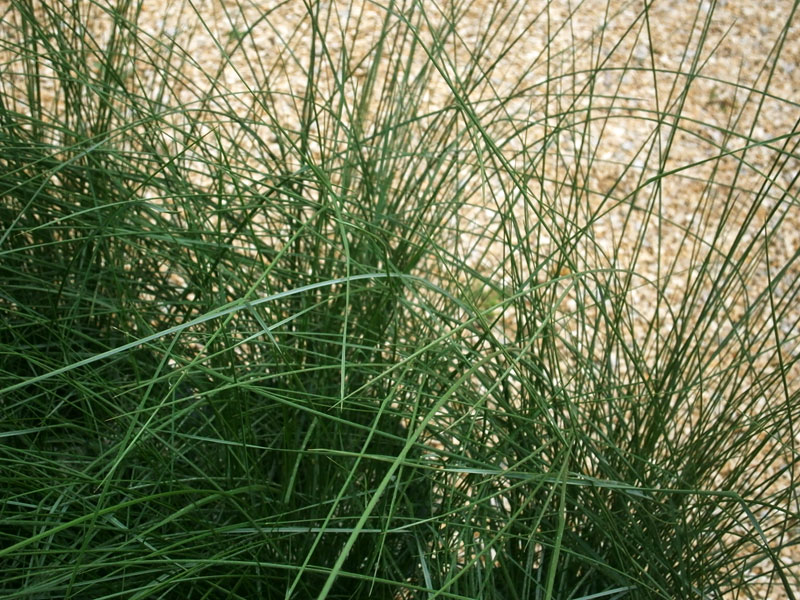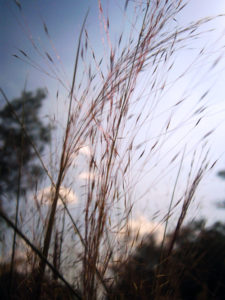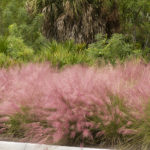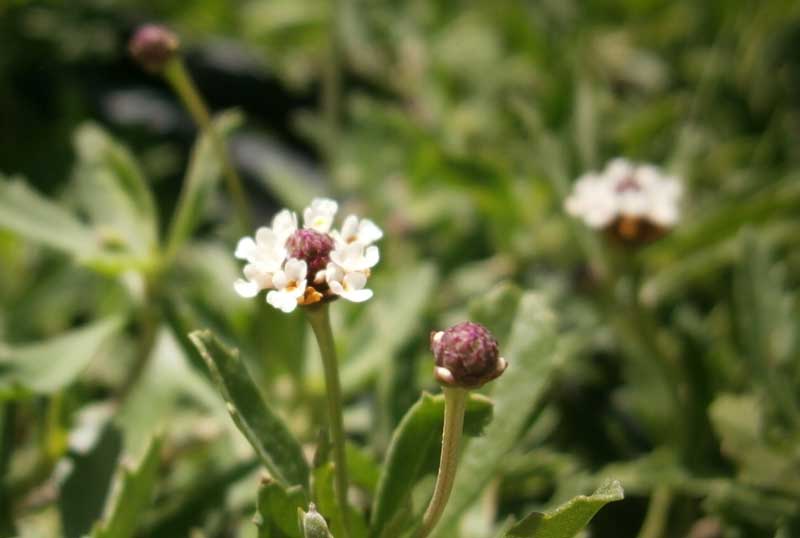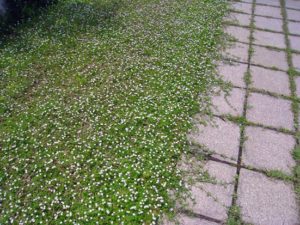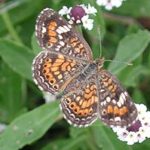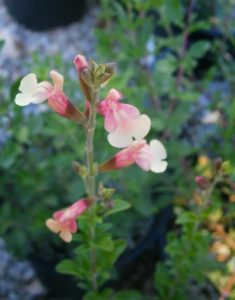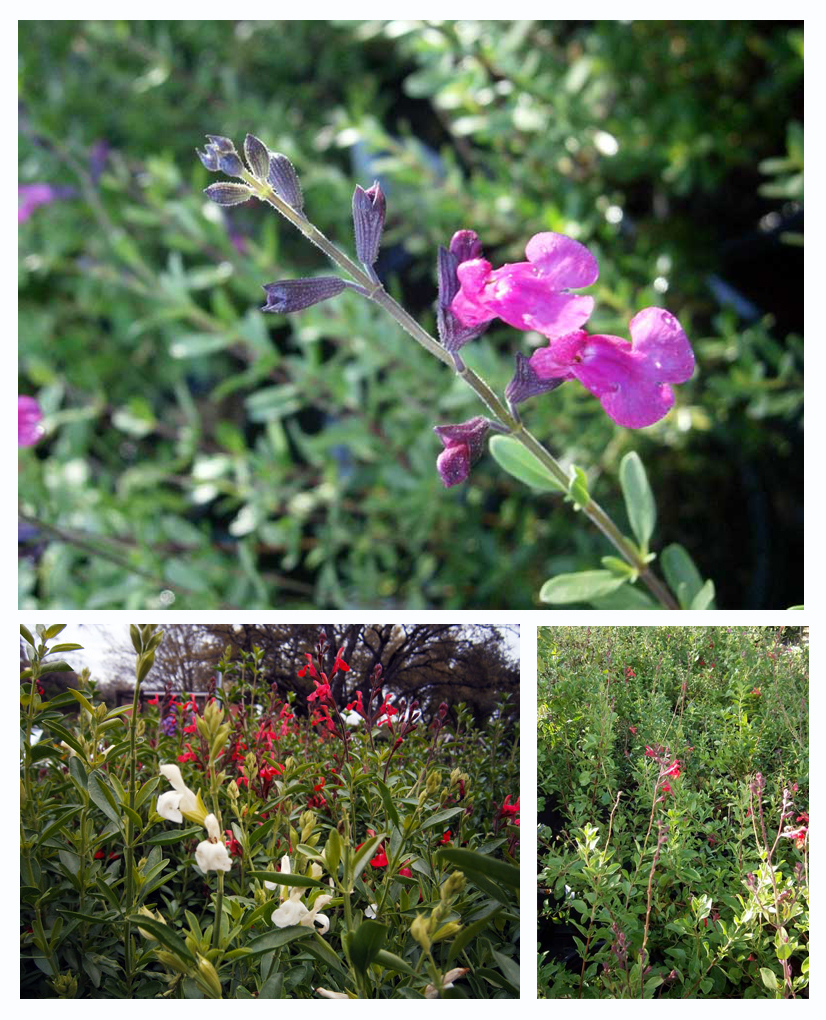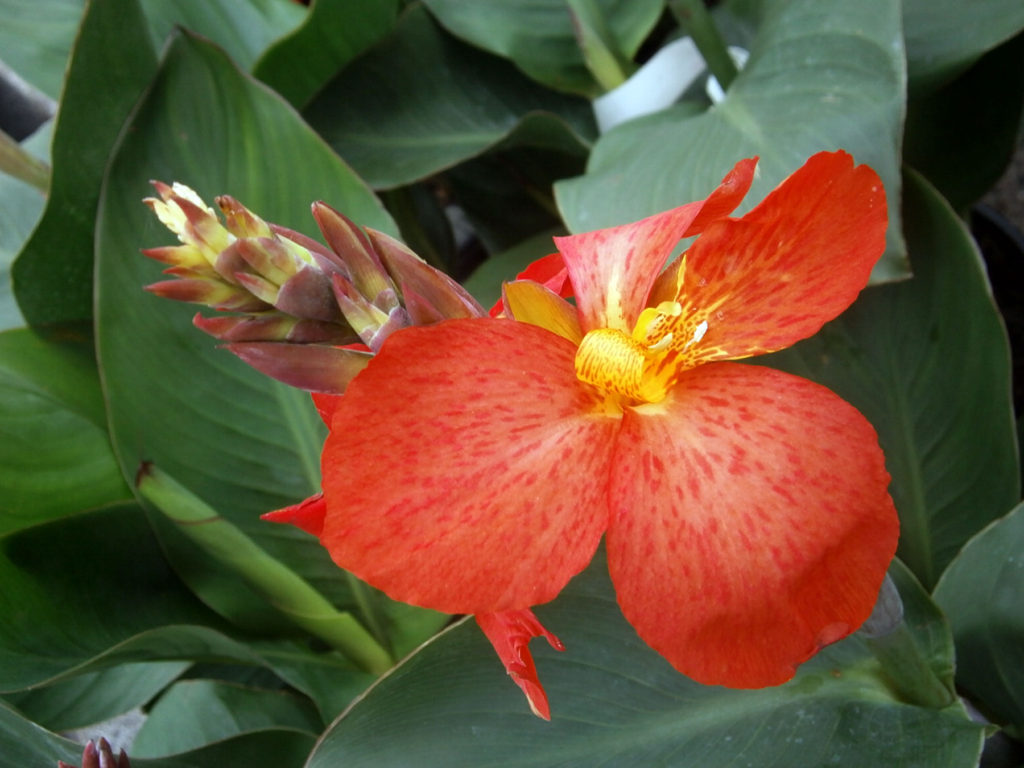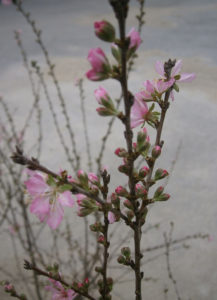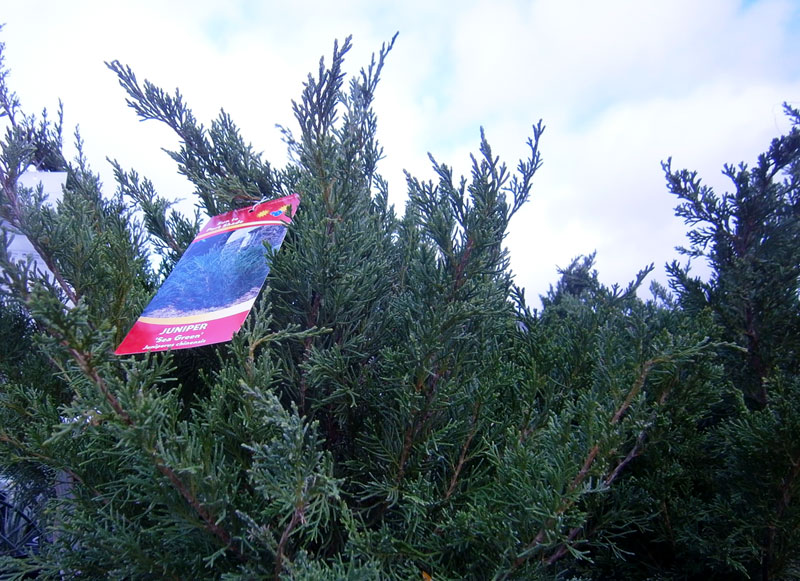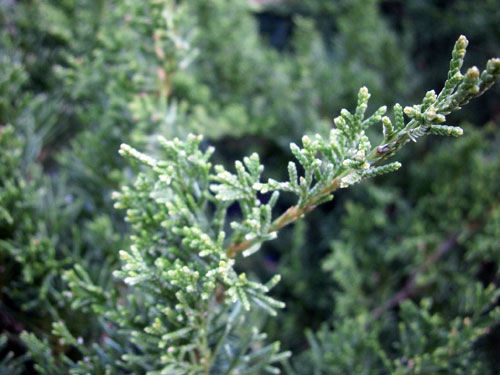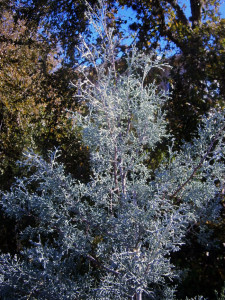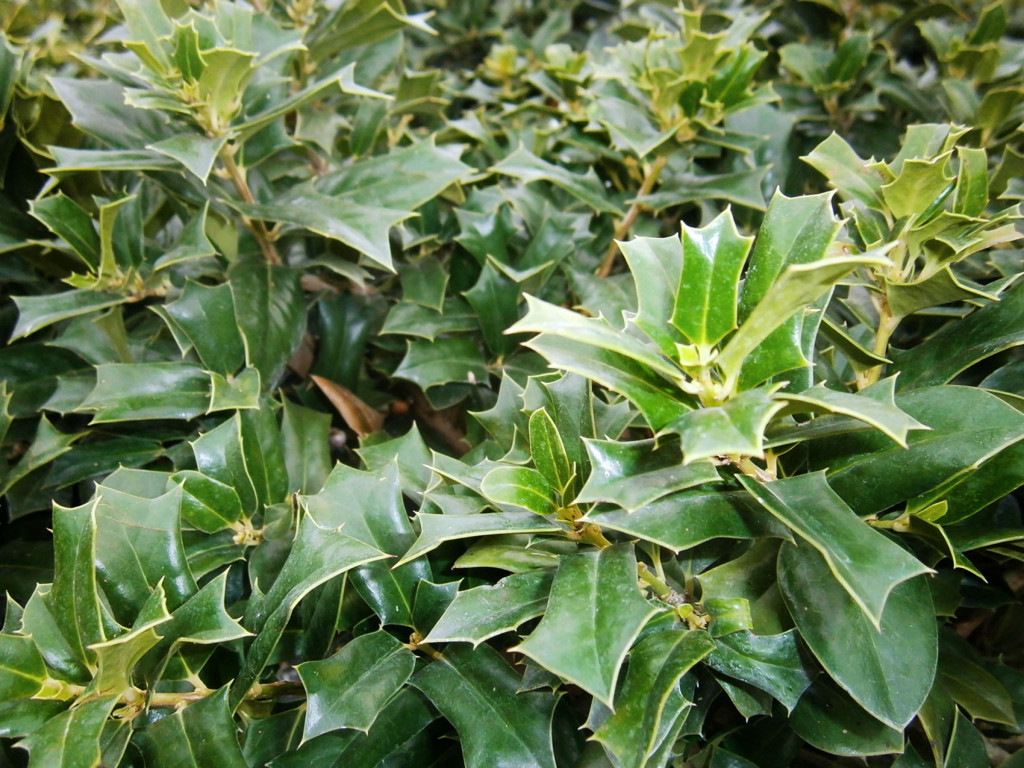August Plant of the Month
Baby Ginger
Want to be able to eat what you grow? Our August Plant of the Month is one of our picks! Baby Ginger is a tropical looking plant with edible pink and cream colored rhizomes. But this ginger is a little different from the kind you get at the grocery store. Baby ginger is very tender and does not require peeling! It also doesn't have the tough, fibrous center like in other ginger roots. You can use it fresh only for about 2 weeks, but works well when put in the freezer for later.
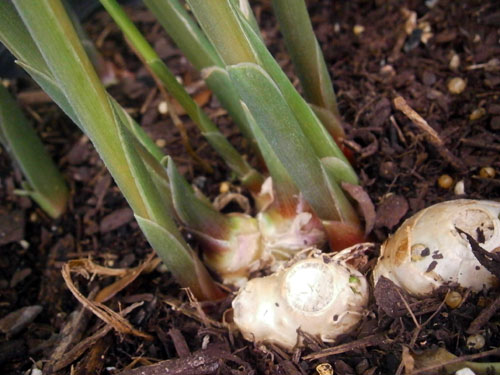 How to Grow
How to Grow
Baby Ginger will grow to 3 or 4 feet tall and wide with a clumping growth habit. Grow it in a shady spot, where it can get some morning sun. You can grow it in containers too, even indoors with a good light.
Ginger needs consistent watering, but does not like wet feet. Make sure your soil is well drained. This plant is easy to grow, with few pest or disease problems. Feed your ginger plant every 4 to 6 weeks to improve your crop. Try FoxFarm's Happy Frog Fruit & Flower food or Medina Hasta Gro Plant formula.
How to Use it
The stalks can be used fresh or dried for tea or soup. The roots will be ready to harvest about 4-6 months after planting. Save some to replant the next season! You can overwinter it as a tender perennial or grow it in containers to bring it inside for winter.
We have a few of these Babies at The Garden Center ready to go home with you! Pick up a 3 gallon container for $29.99. Ready to make some tea? Here's two ways to do it!
To make ginger tea from the leaves: Cut off the stalks about 2 inches above the root. Cut off the leaves and rinse, then blot dry with a towel. Cut the leaves into small pieces and put them on a paper towel to air dry. When the leaves are thoroughly dried, store them in a glass jar or plastic bag. You can also use the leaves as flavoring for soups!
To make ginger tea fresh from the roots: Cut two slices of ginger root about 1 or 2 inches long. Boil four cups of water, add the ginger and let simmer for 15 minutes. Strain out the ginger, pour into a cup and enjoy!

